
Two things about Arnold Palmer, who died Sunday at age 87:
First, he was much, much bigger than golf. Much. Much. The man was still pulling down an estimated $40 million per year even as he prepared to sign his final scorecard. Something bigger than birdies and bogeys was going on.
So what was it? Arnold Palmer was the embodiment of post-World War II America. If you want a face to illustrate the huge historical shift from the world shaped and dominated by Europe to the world built in the U.S.A, you could choose Harry Truman or Dean Acheson or Dwight Eisenhower. But tonight I nominate Arnie.
Prior to the war, golf was still something we borrowed from Great Britain. It was a game of class, not mass; closed, not open. The most admired players were amateurs who could afford not to earn a living. Palmer grew up in this world. The story goes that Palmer’s father, the greenskeeper at the country club in Latrobe, Penn., never entered the clubhouse unless he was invited by a member.
Never, that is, until his son bought the damn club.
You see, when the war was over and the British Empire’s sun finally set, the world was remade in a new image. The great American middle class came roaring out of World War II, and it was large and in charge, loud and smiling, sexy as all get-out. You can make a case that no one captured that huge historical shift from Europe to the U.S.A, from the old ways to the new, from the class culture to the mass culture, more perfectly than Palmer.
He was utterly American at the very moment when America took over the world. Europe and Asia lay in ruins, victims of the most self-destructive frenzy in human history, 70 million dead, economies in ruins, and here came the U.S.A—with a cocksure grin, and a go-for-broke game, and Popeye muscles on a slim-hipped frame. (Palmer, like the young John Wayne, was famous for hitching his pants, which were slung low, like a gunfighter’s, on Adonis hips.)
Sam Snead, who knew a thing or two about magnetism and even more about golf, said Palmer went to bed with charisma and woke up with even more. Asked if he would trade the energy he gave to his fans for some more wins in major tournaments, Palmer answered, “No way, Jose.” The man perspired pure testosterone and made a sound like cathedral bells when he walked.
Palmer blew the fusty blueblood aristocracy, the Main Line clubmen, the Beacon Hill Cabots and Lodges, right off the course and ushered in an army of charming salesmen, sharp attorneys, warehouse managers, bank vice-presidents, pharmacists, dentists, M & A guys, airline pilots, high school teachers, fast-food franchisees … all the strivers and Mad Men of that astonishing age. By opening up golf, he became the grinning face of a wide-open, go-go, impatiently hopeful time.
You are going to see a lot of pictures of Arnie circa 1960 or 1962 over the next few days. For once, the word ”icon” is apt. He is the sainted representation of his time.
Arnold Palmer’s Life in Pictures



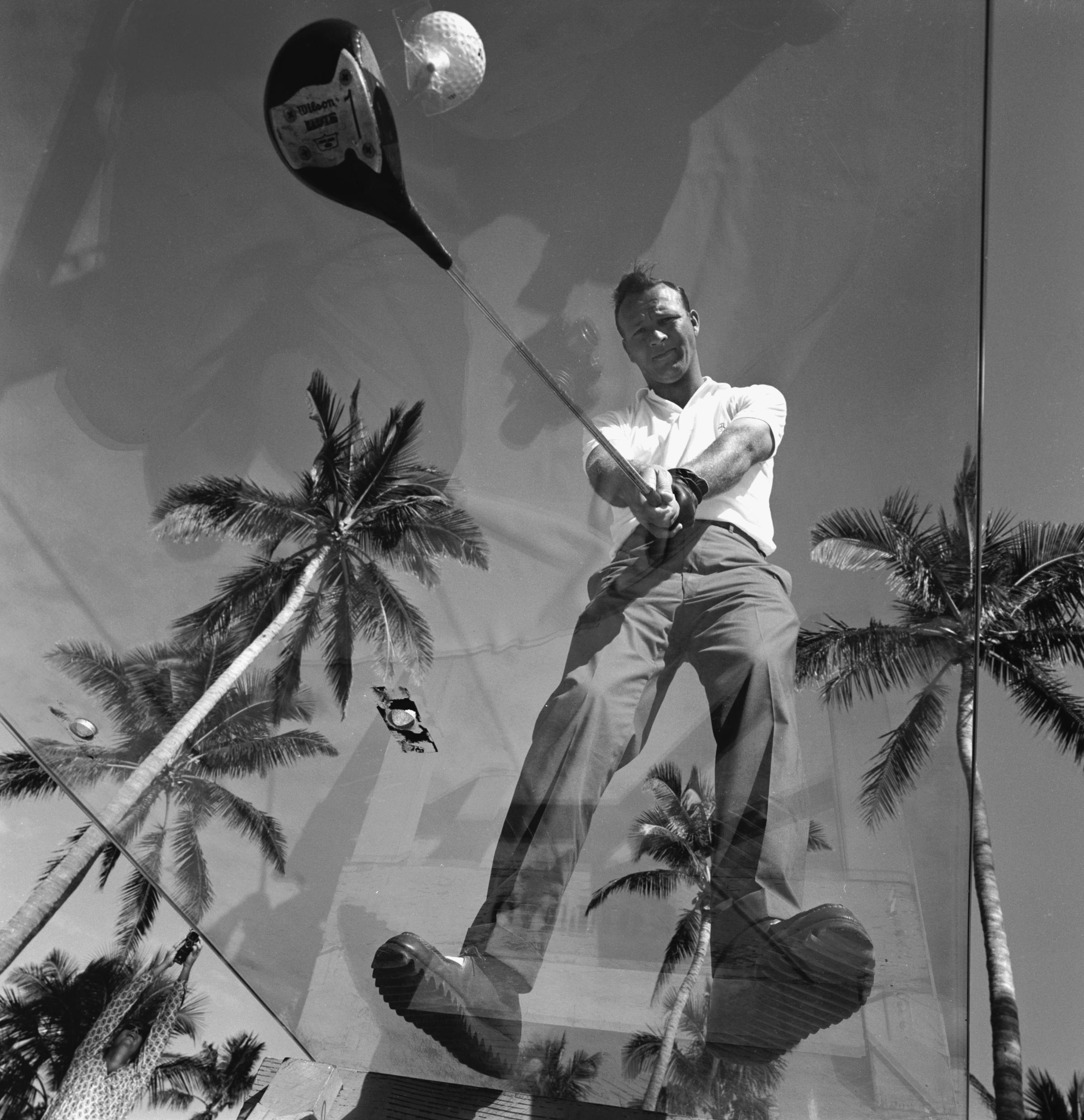
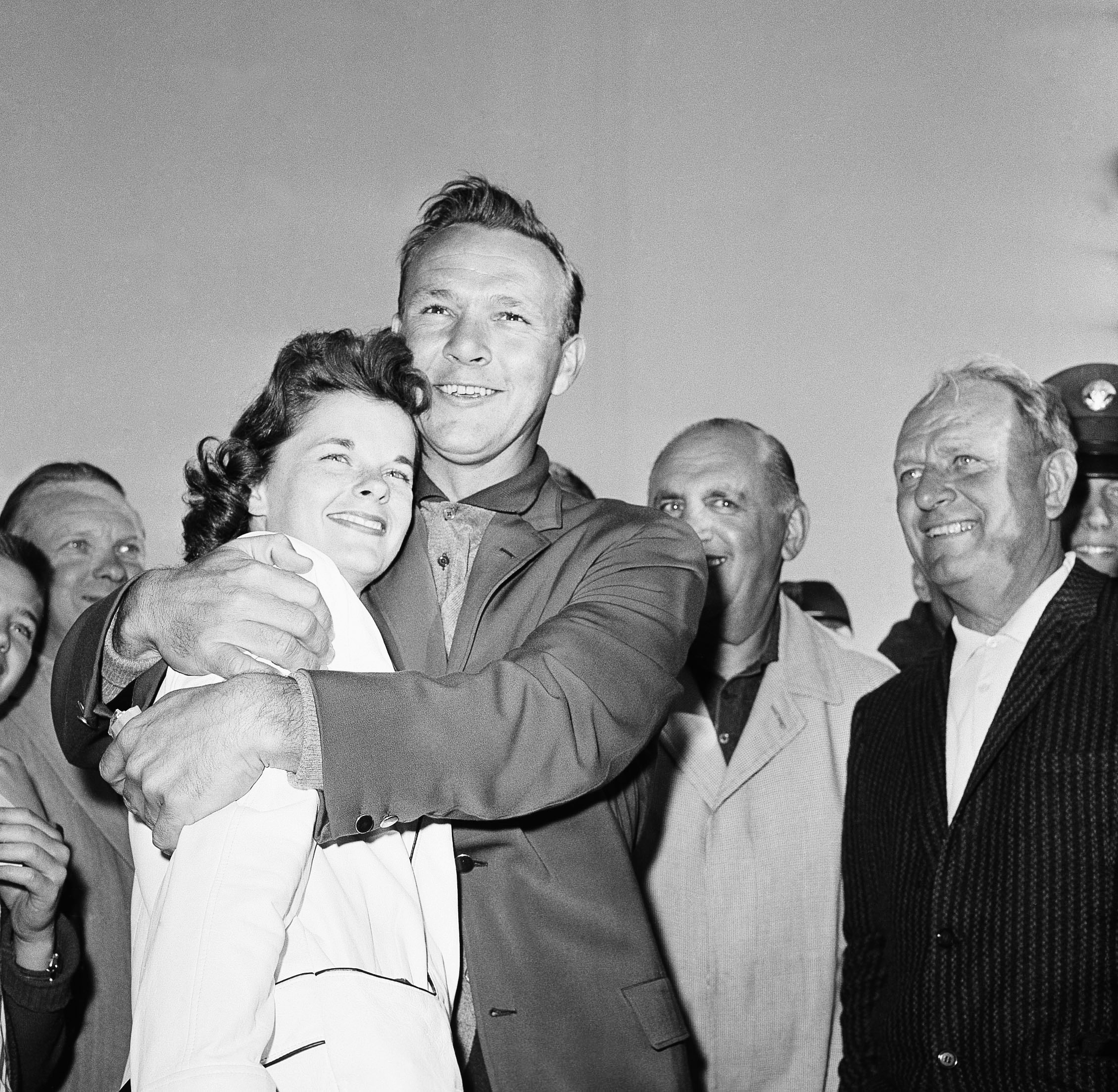
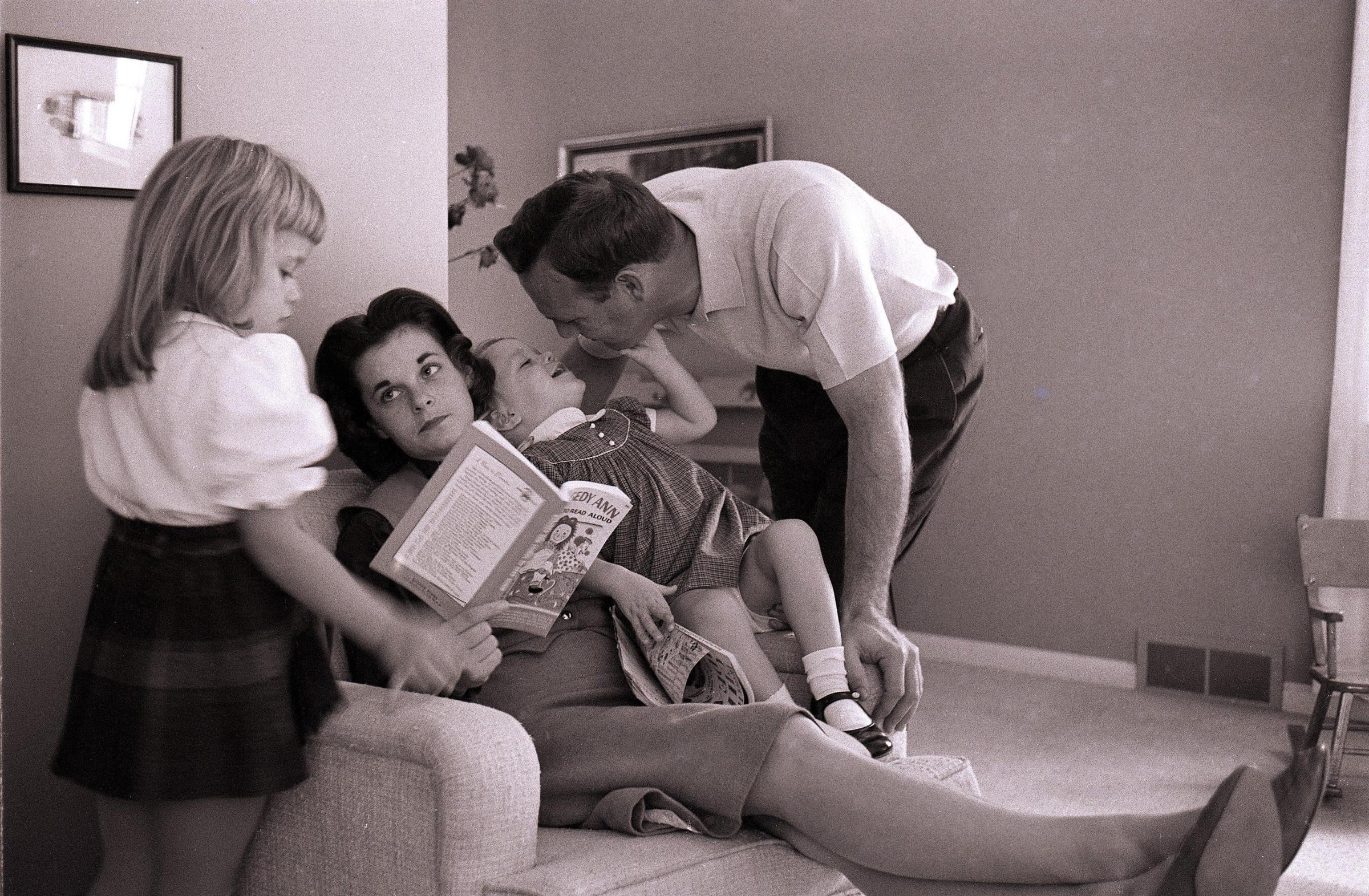
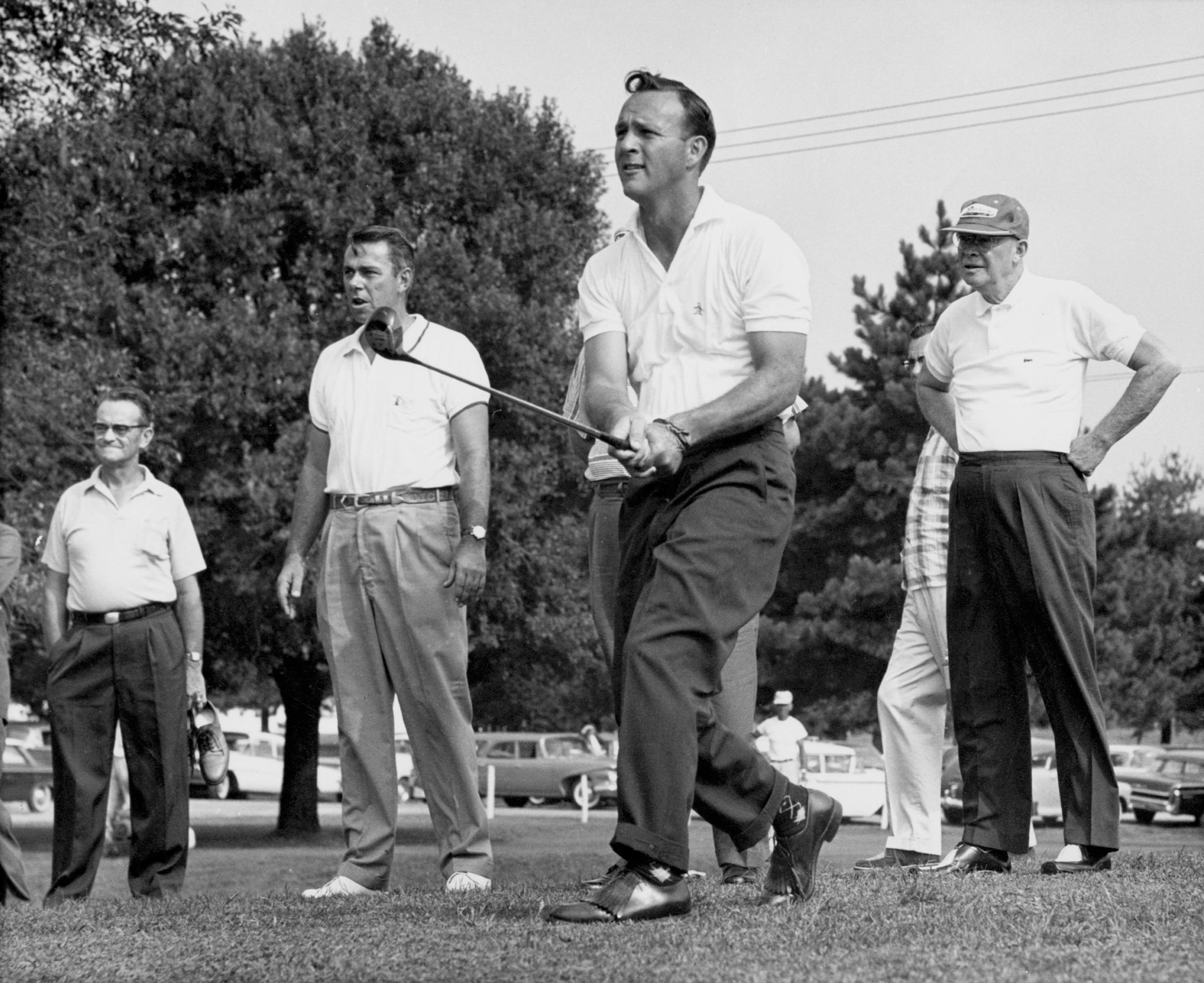
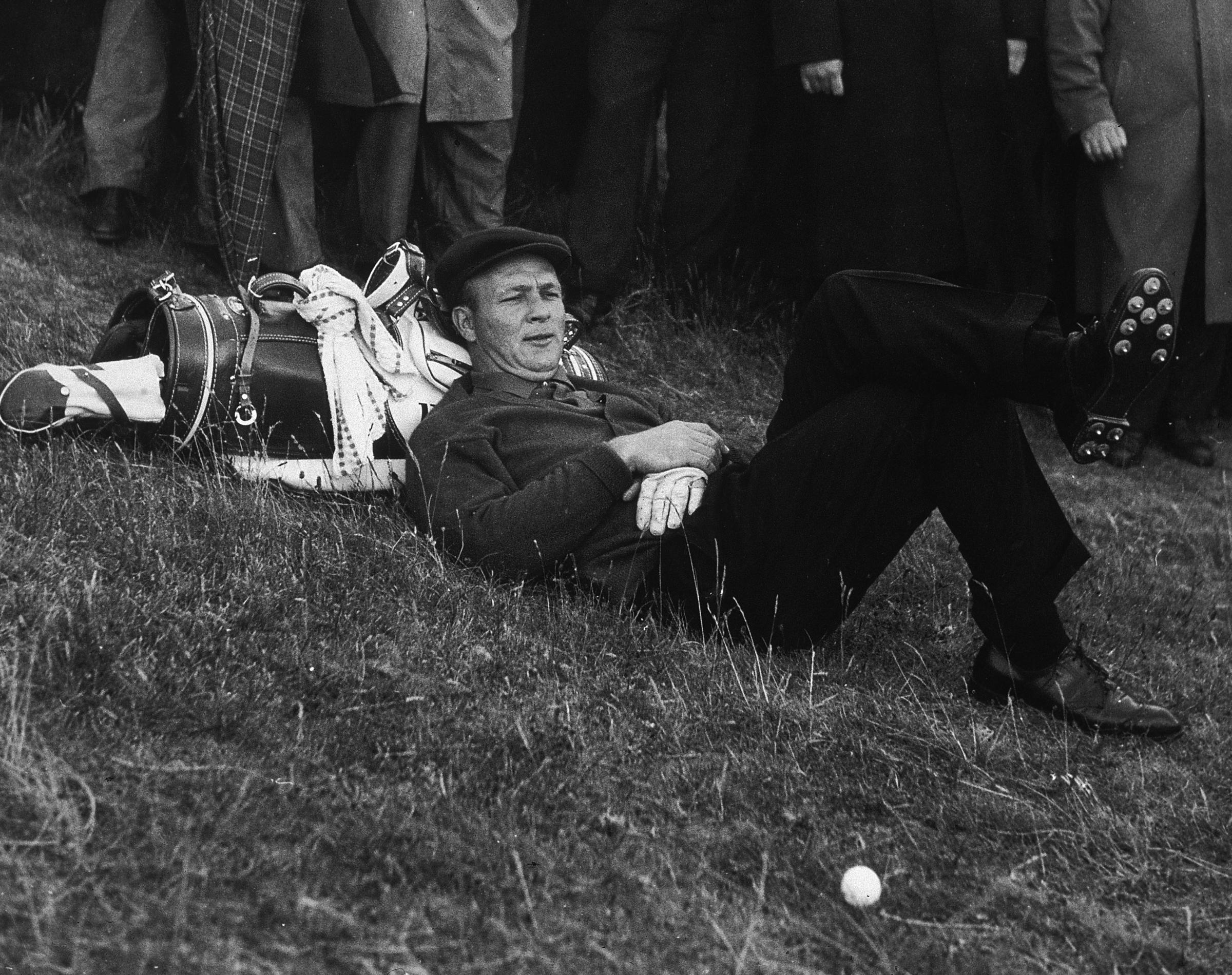
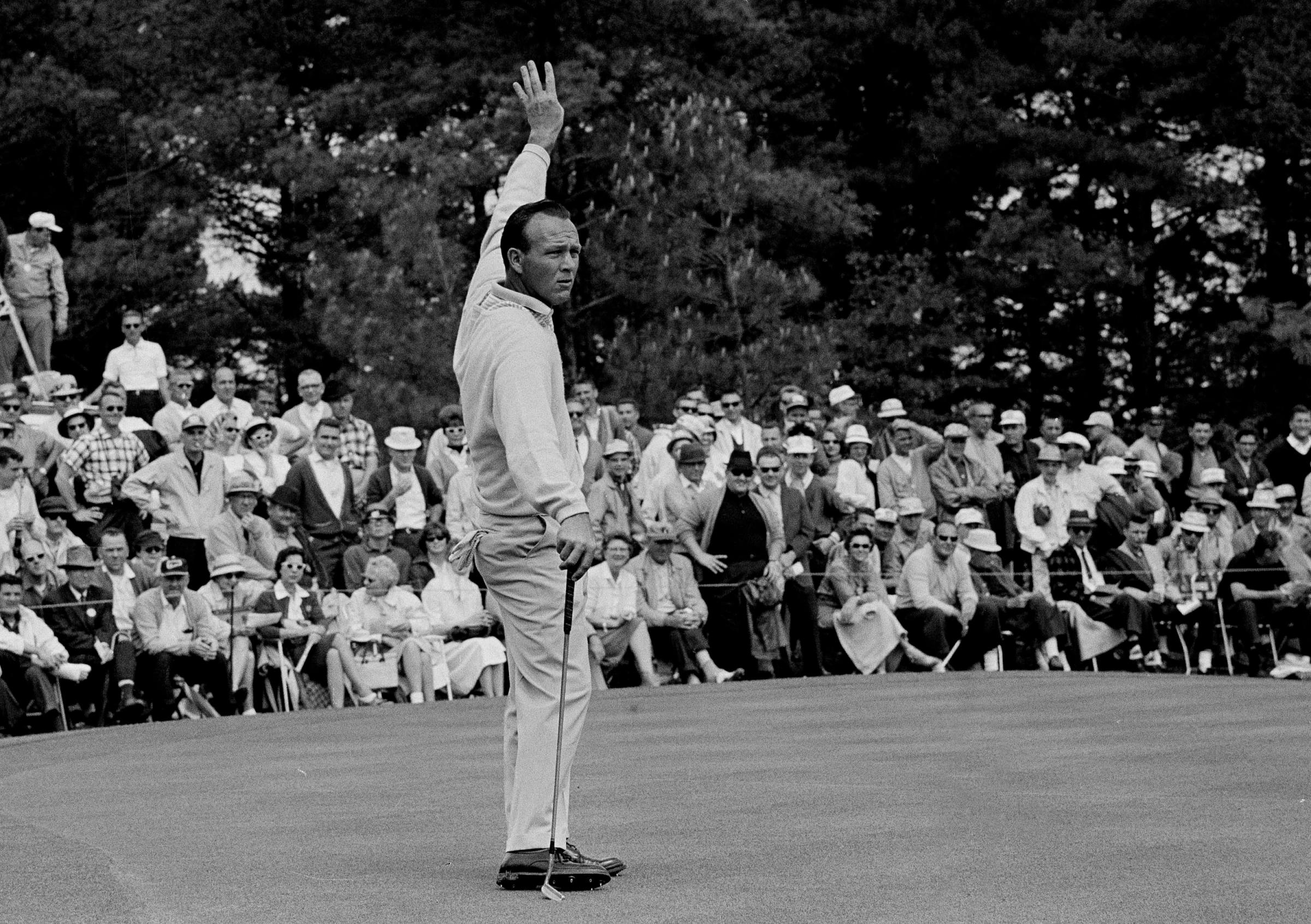
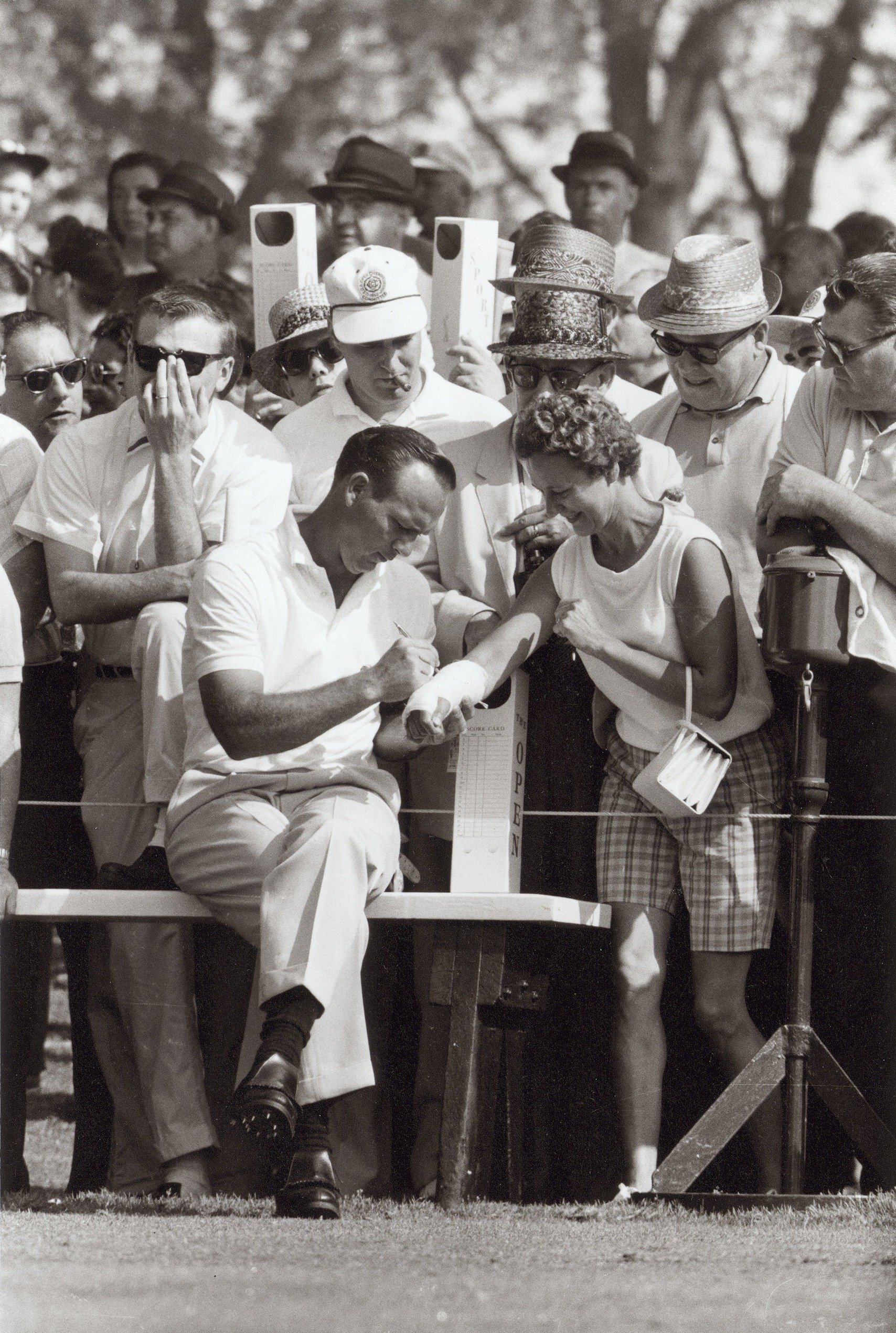

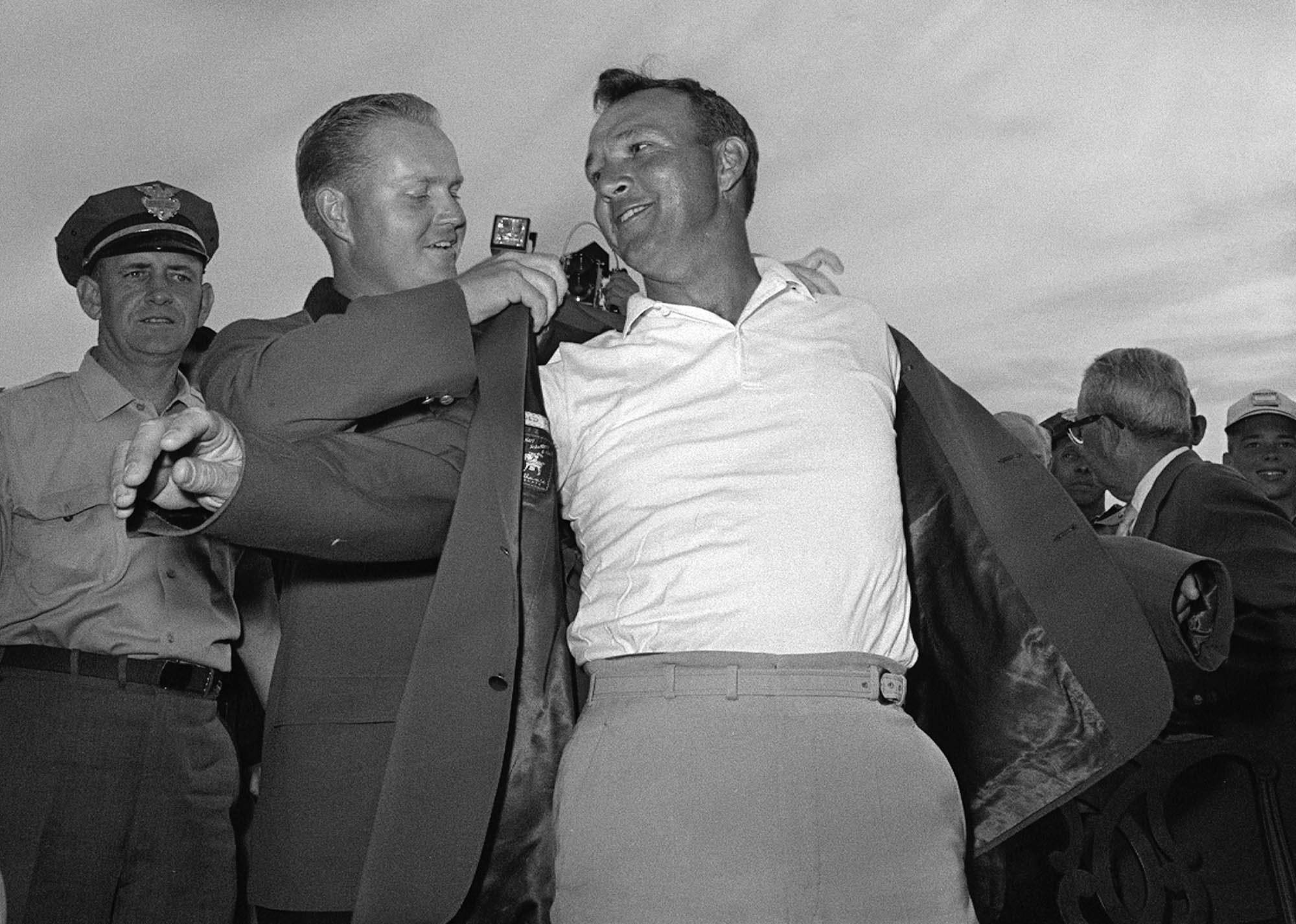


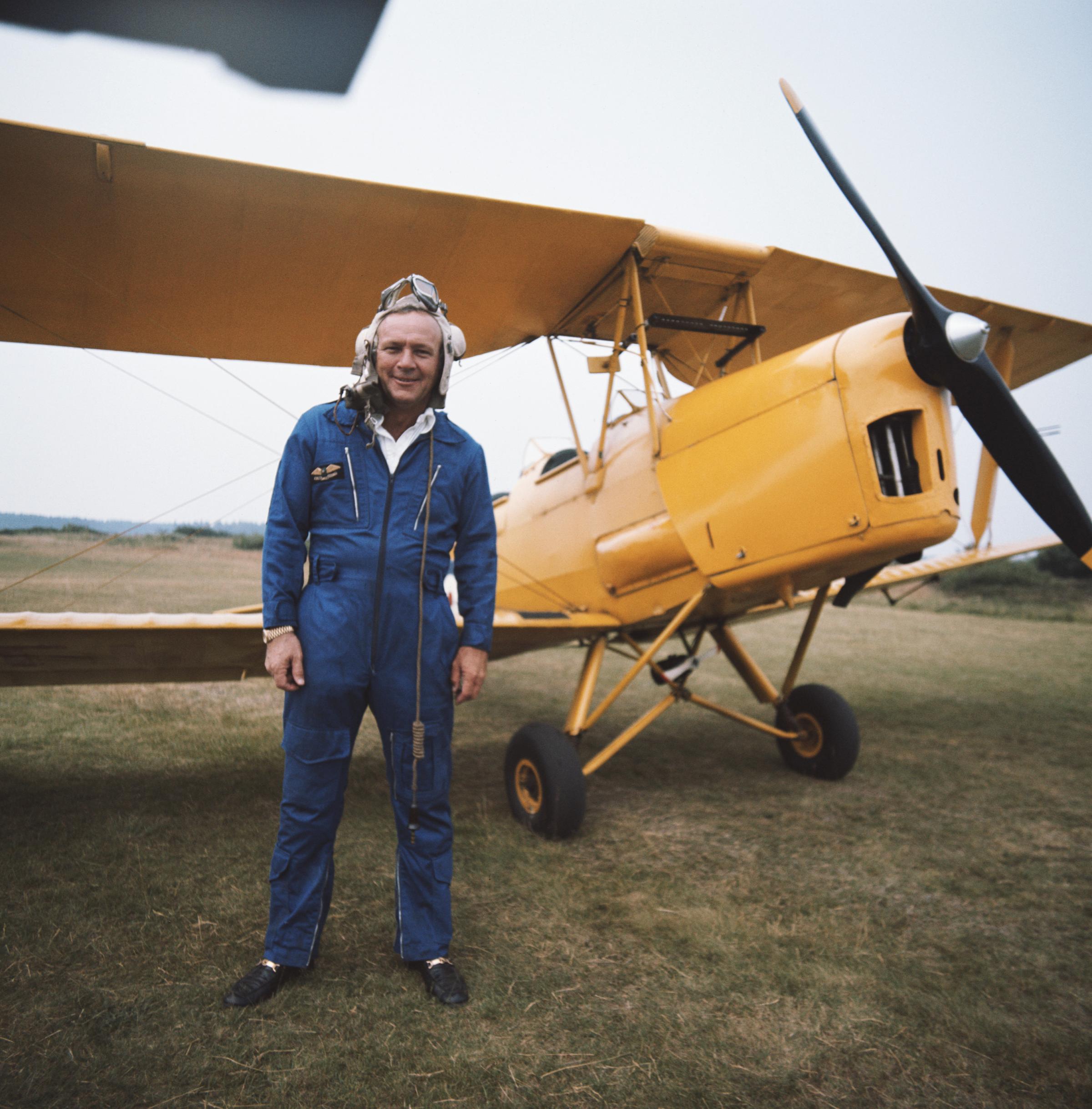
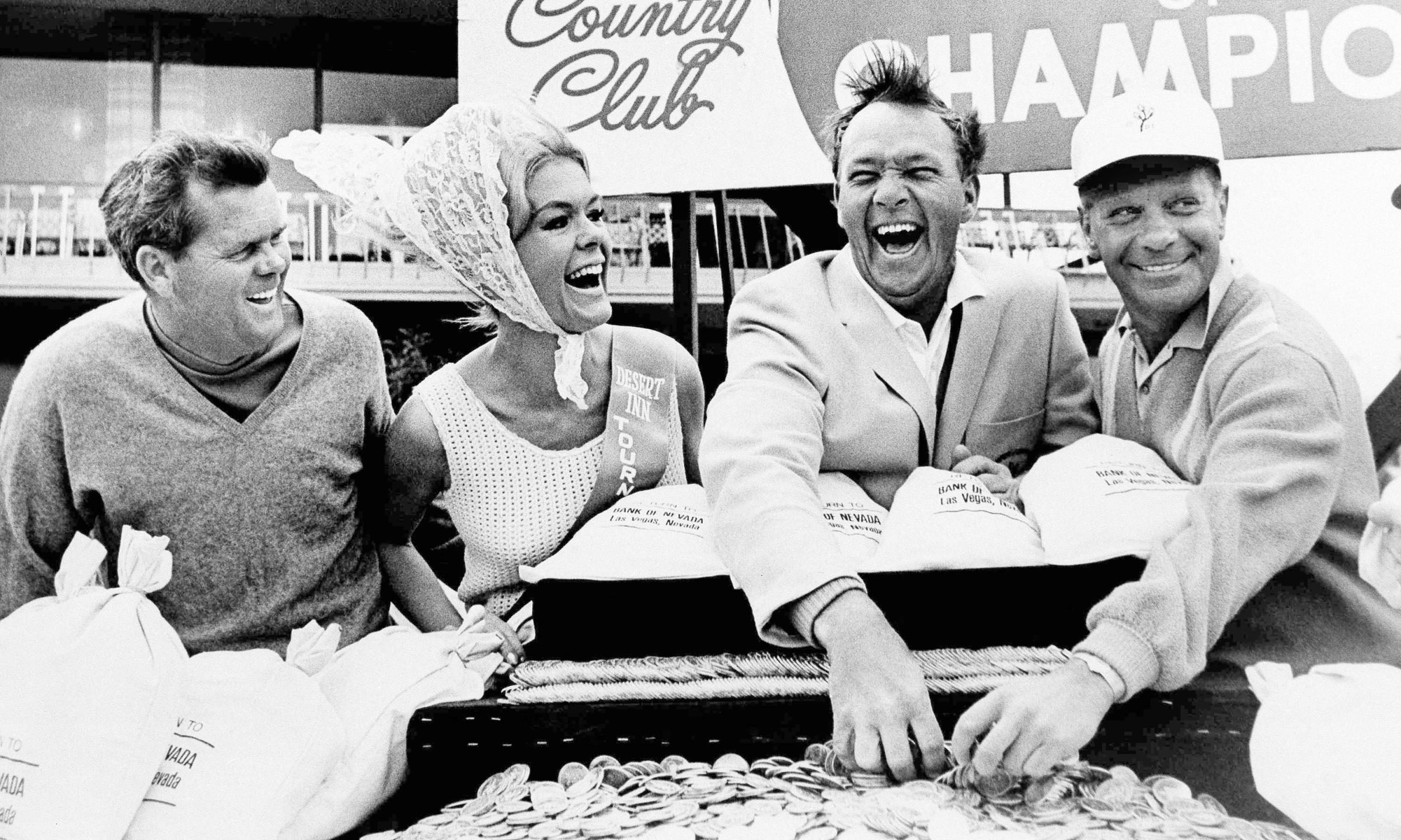
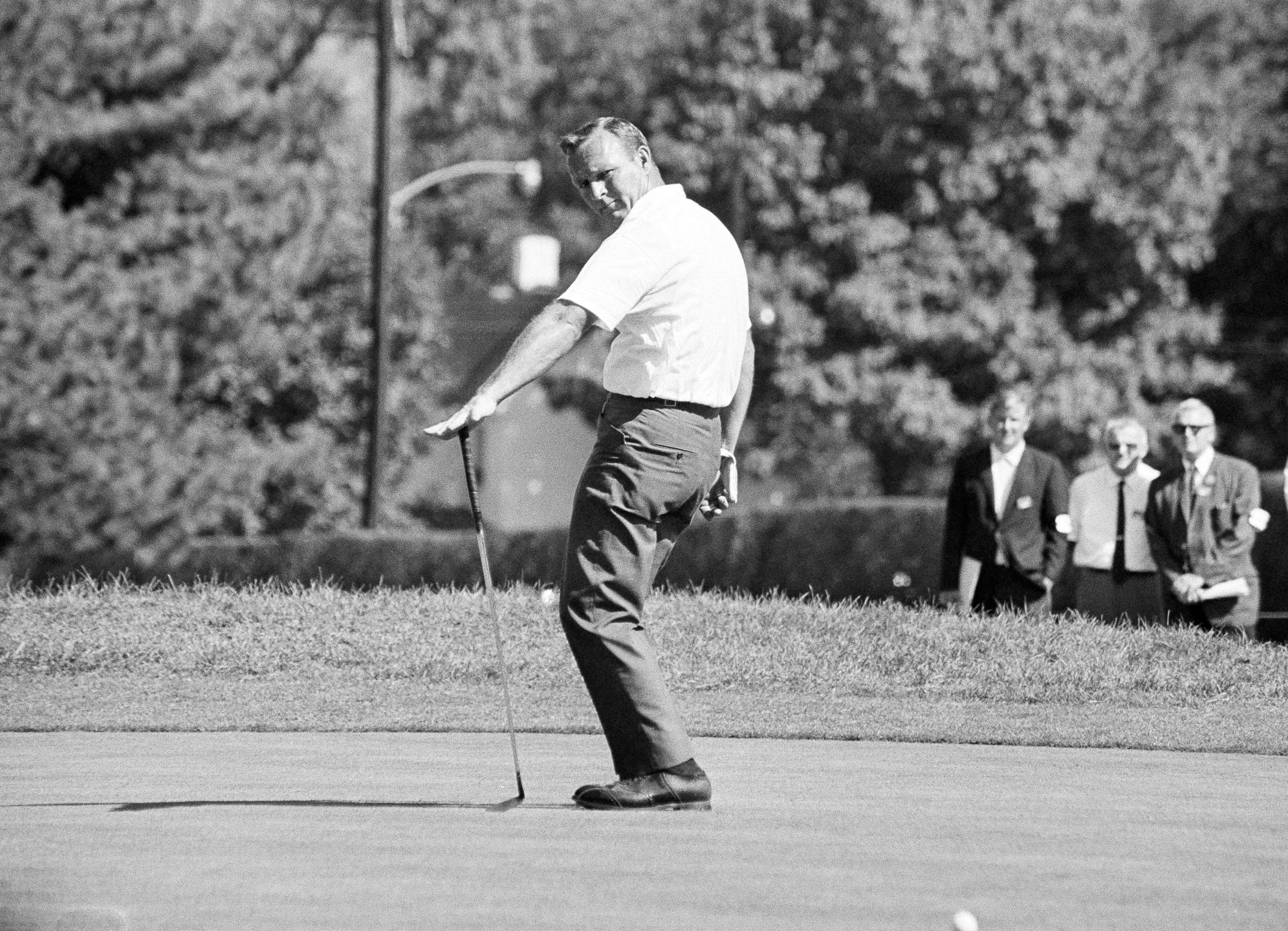
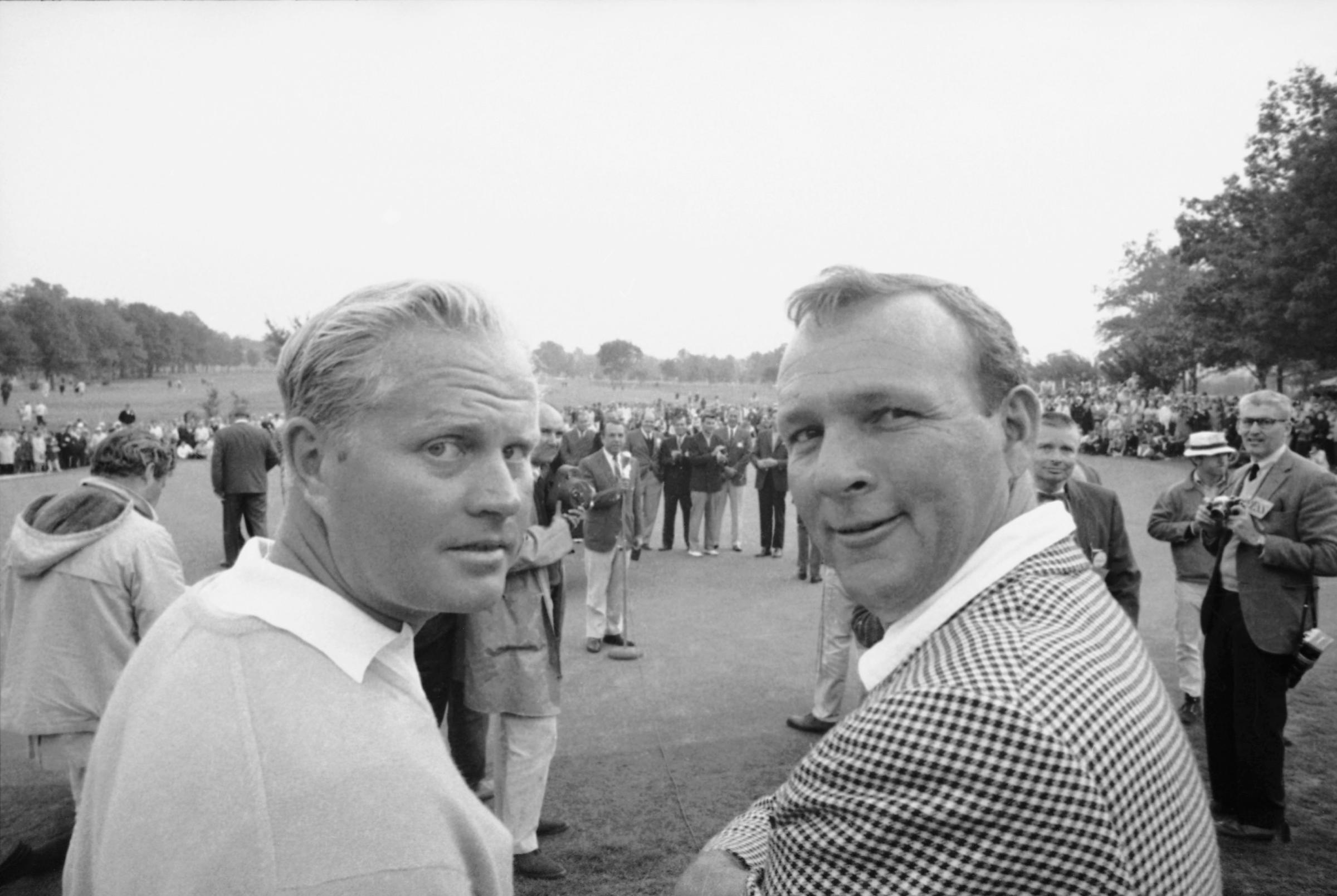

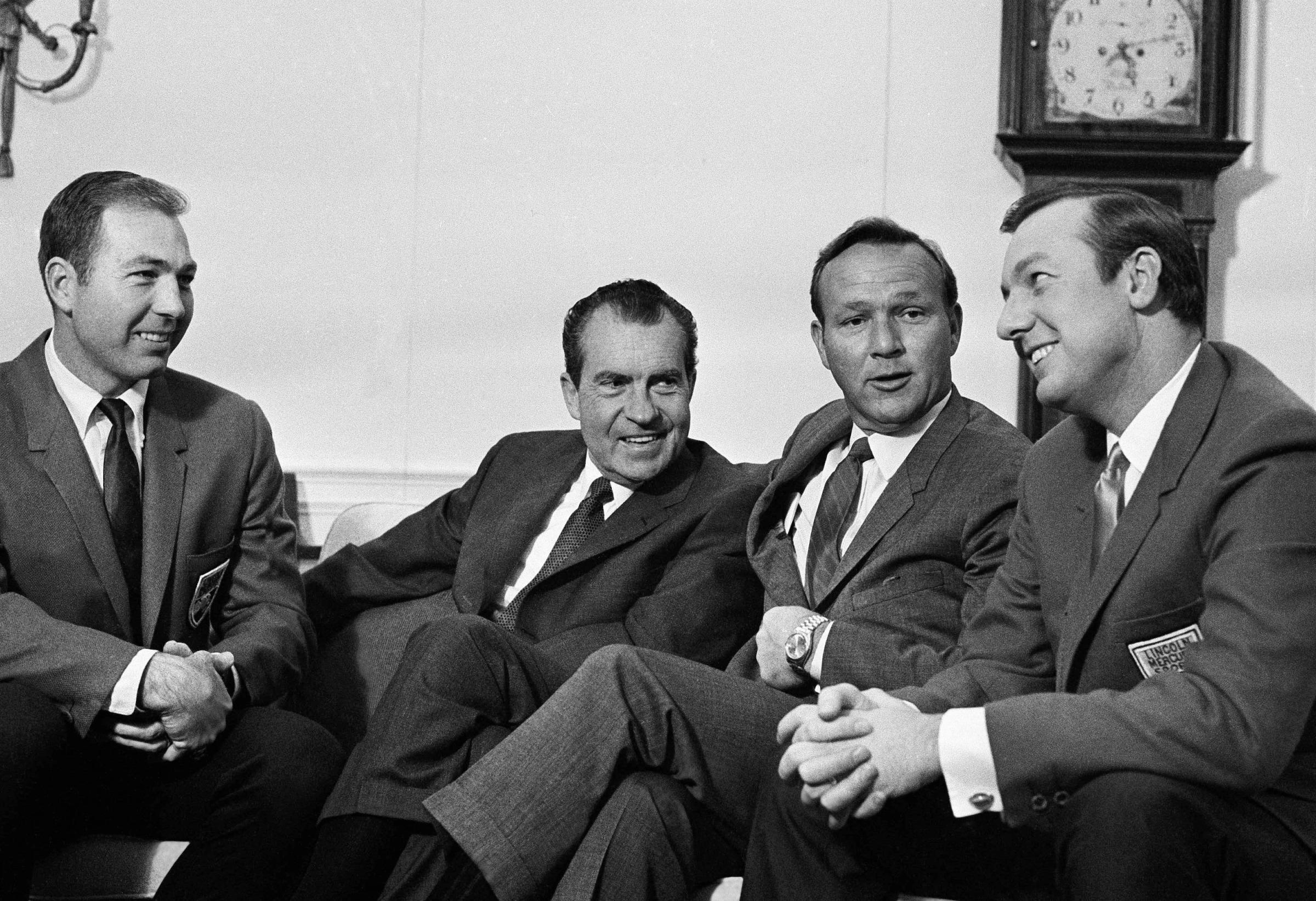

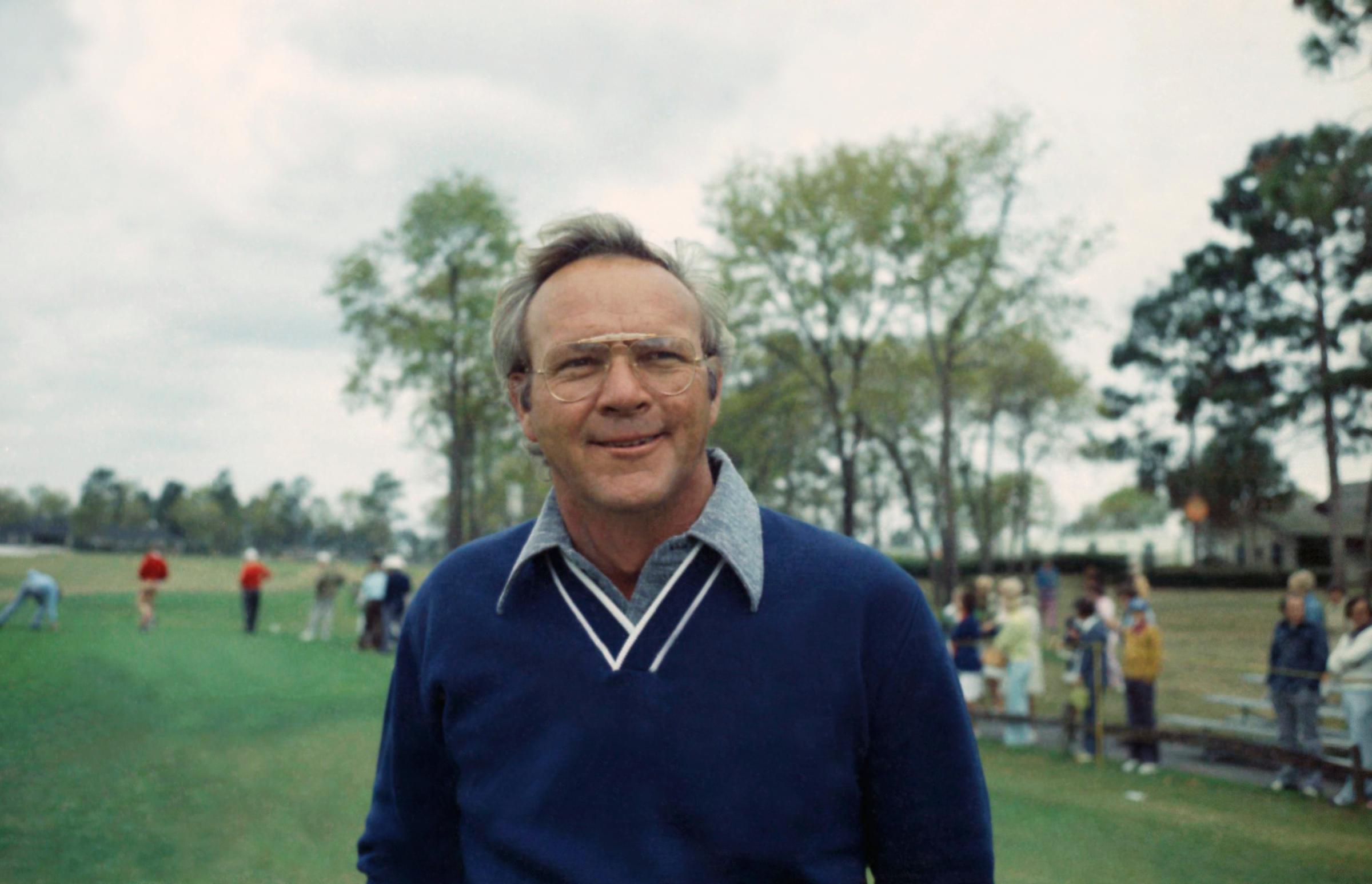
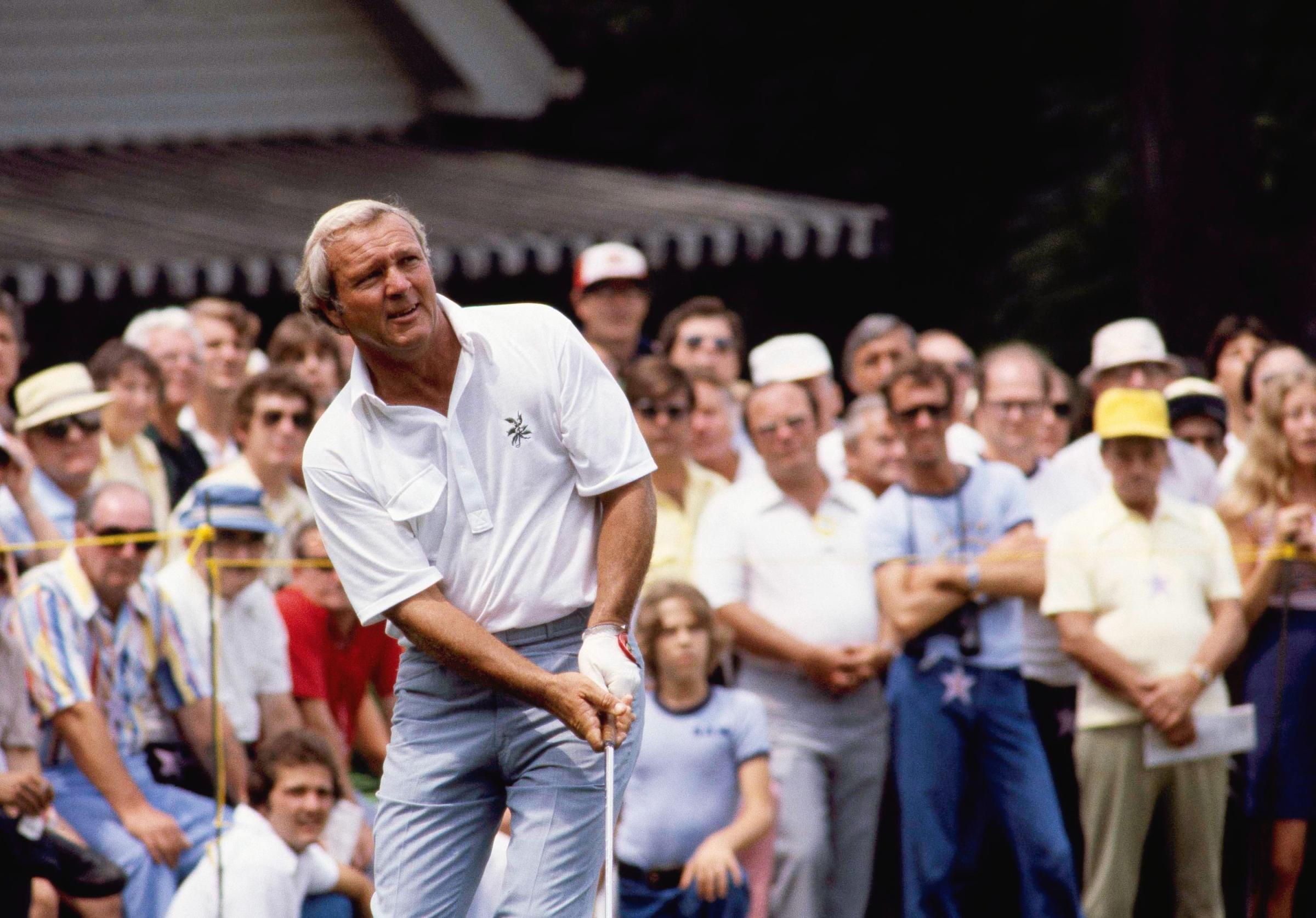
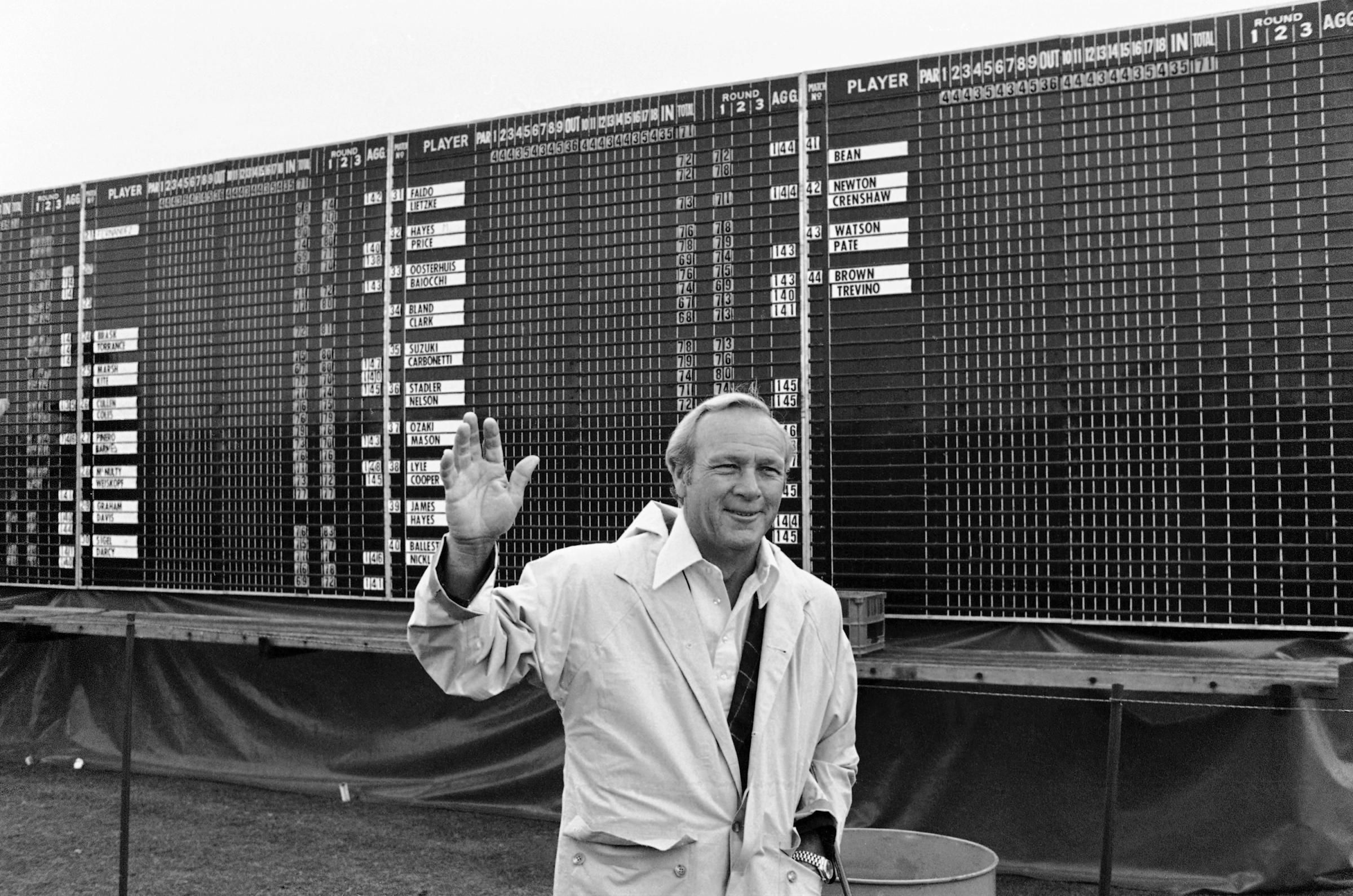
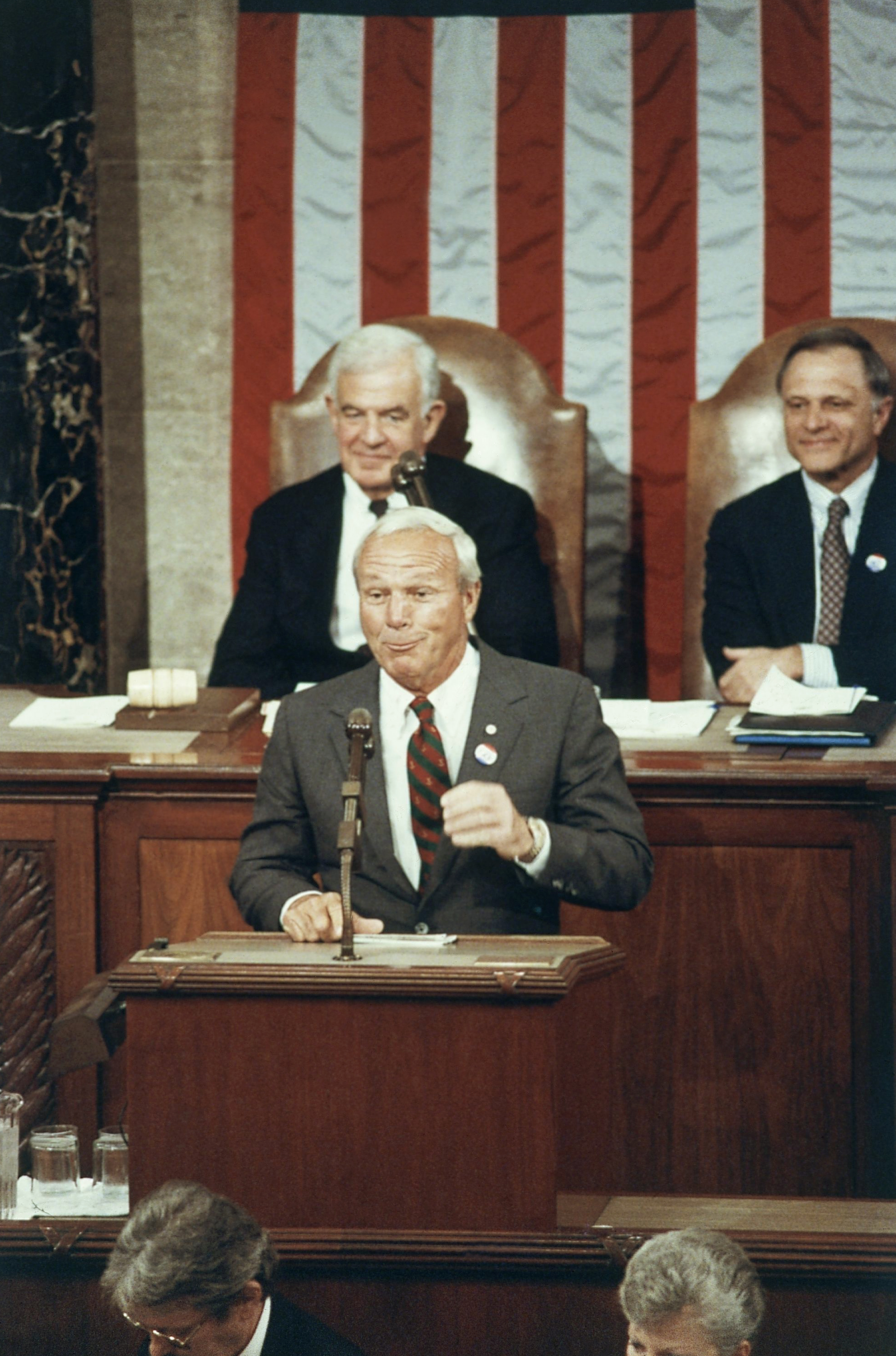
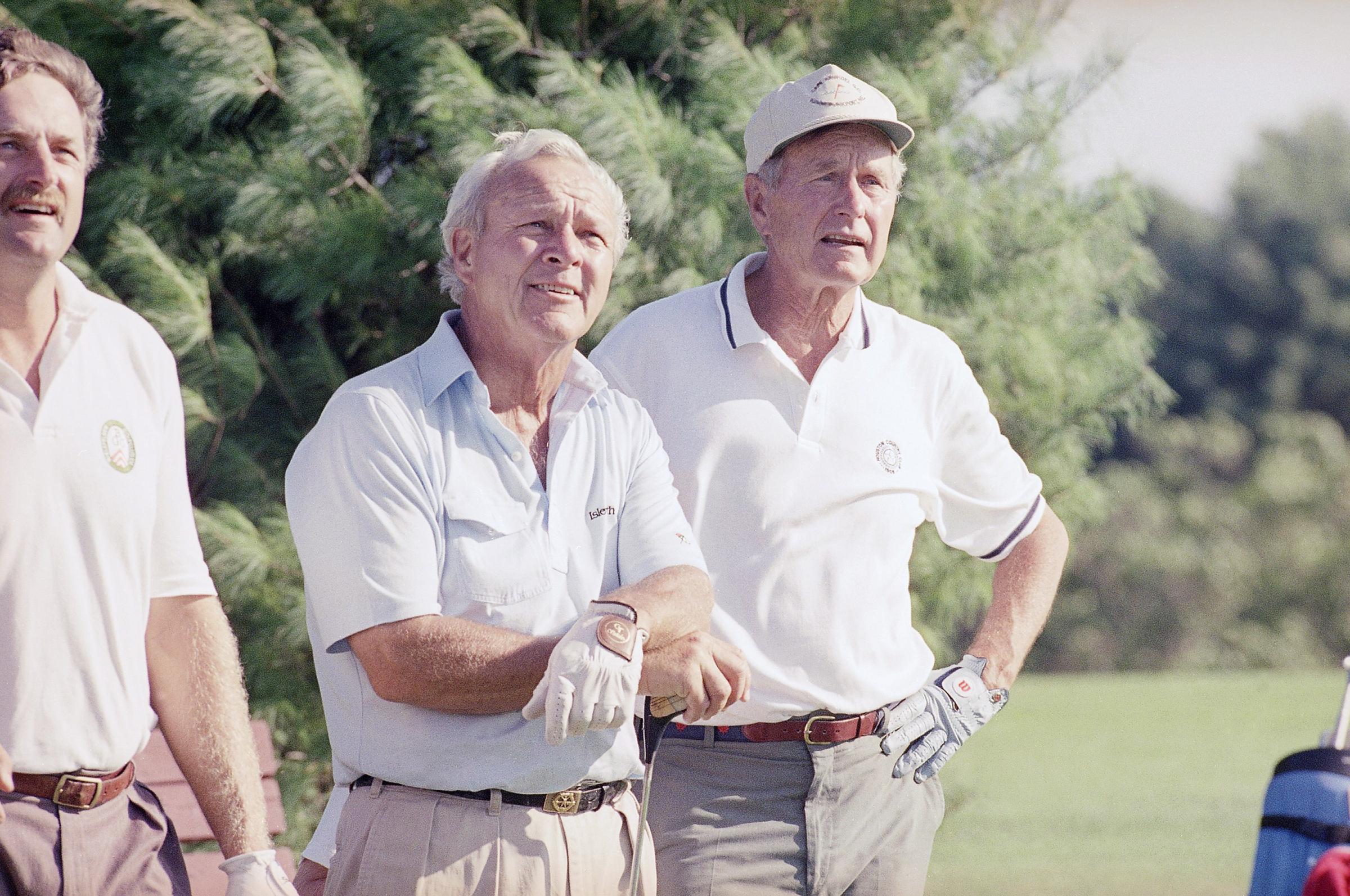

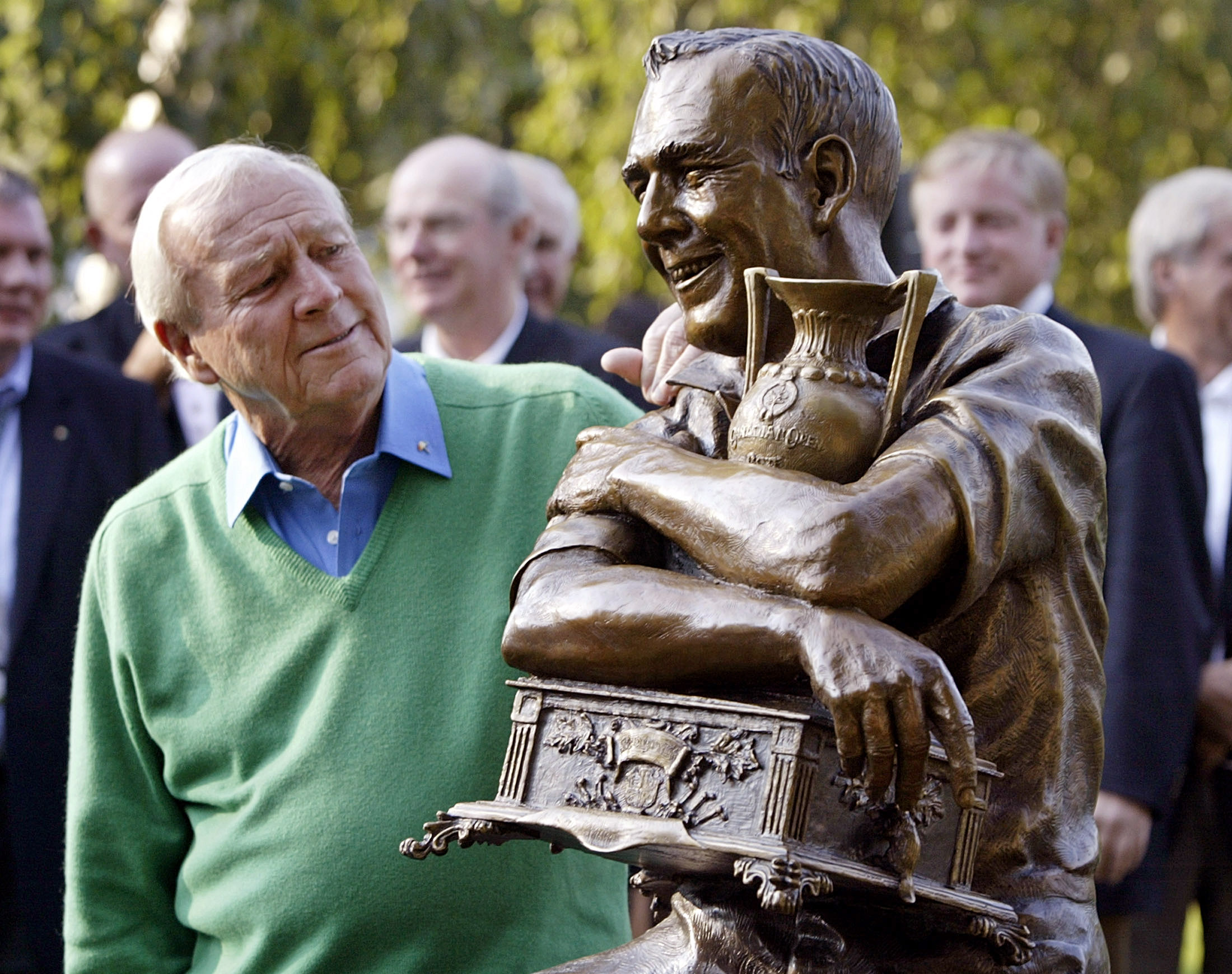
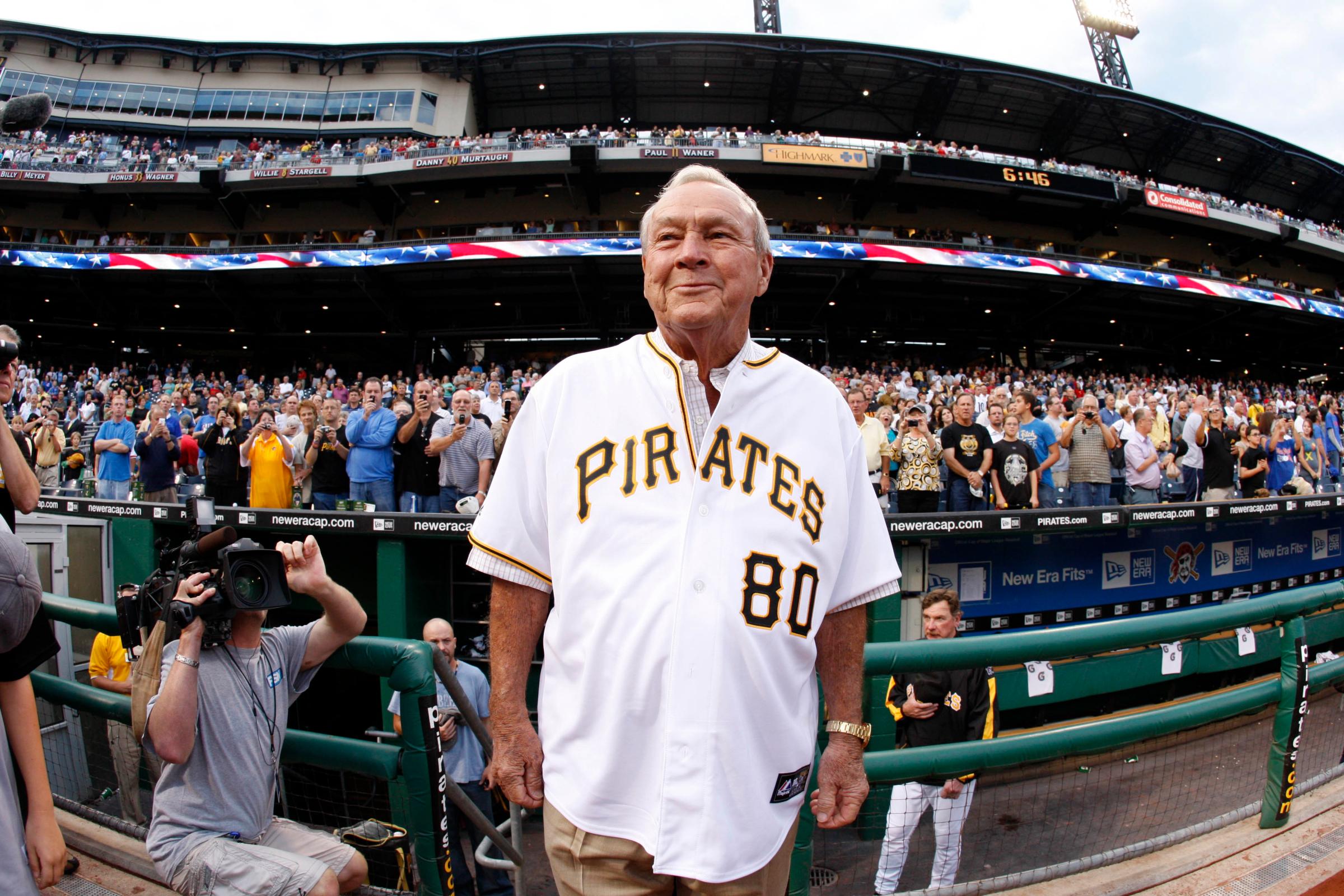
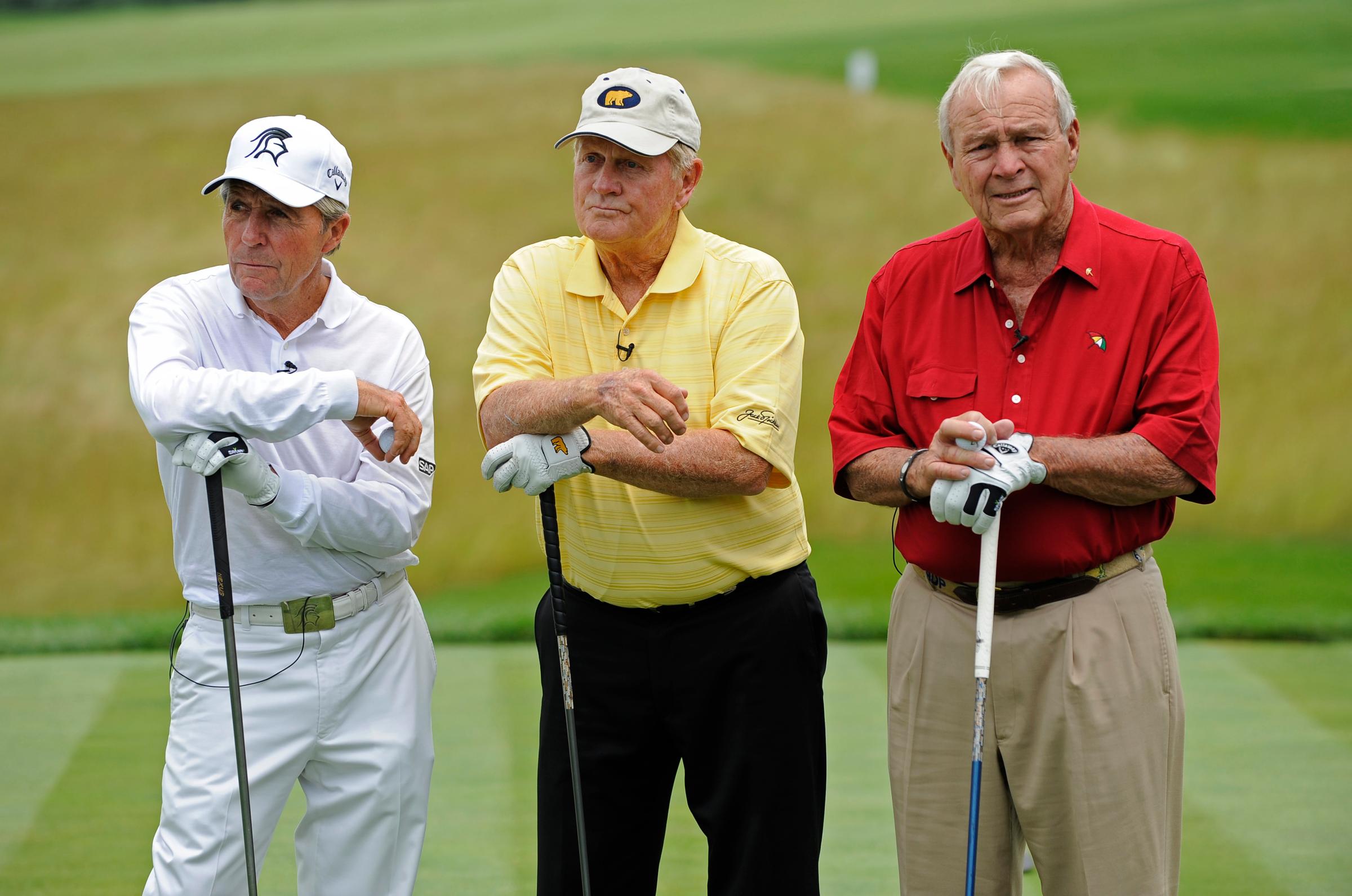

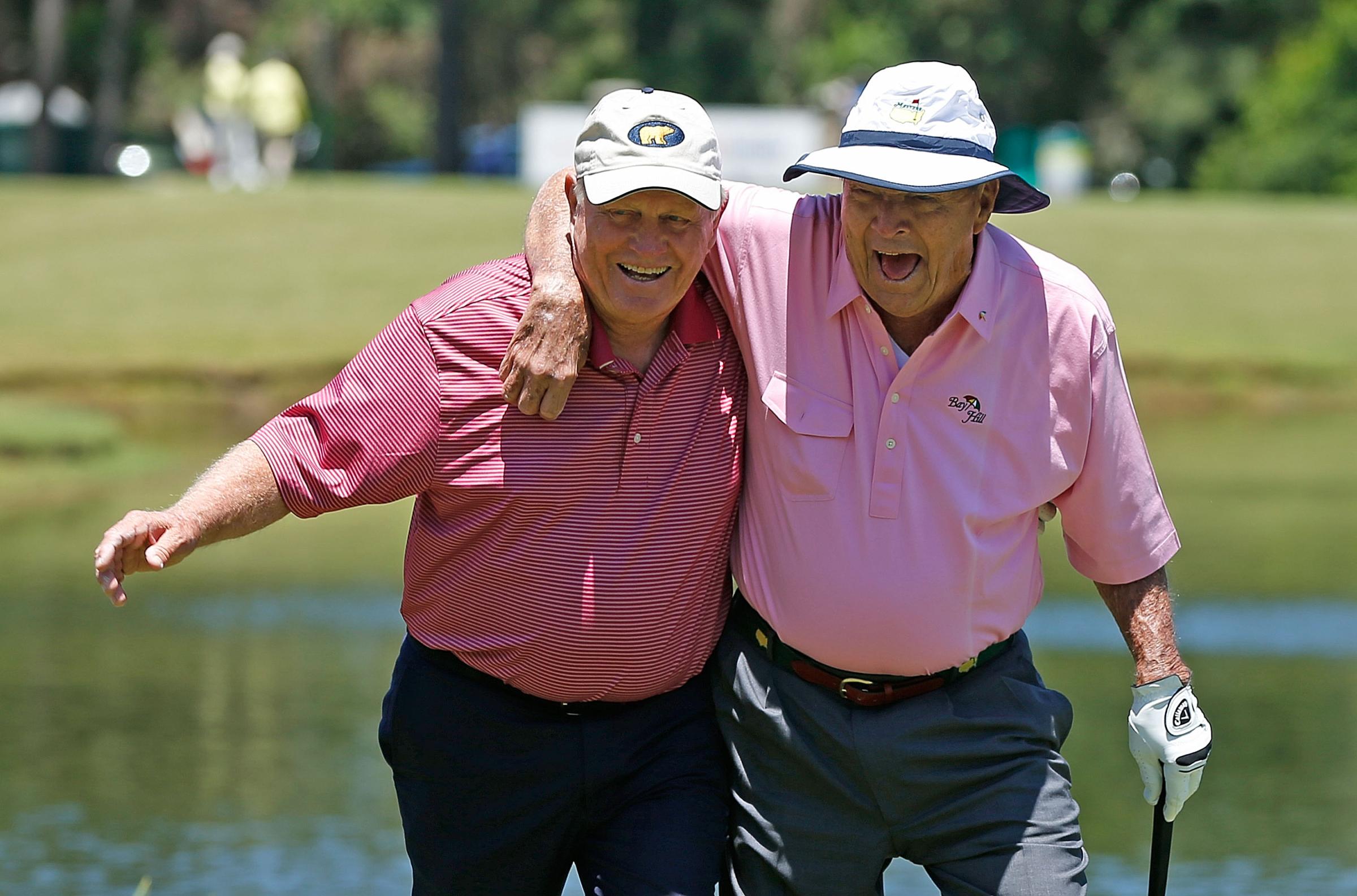
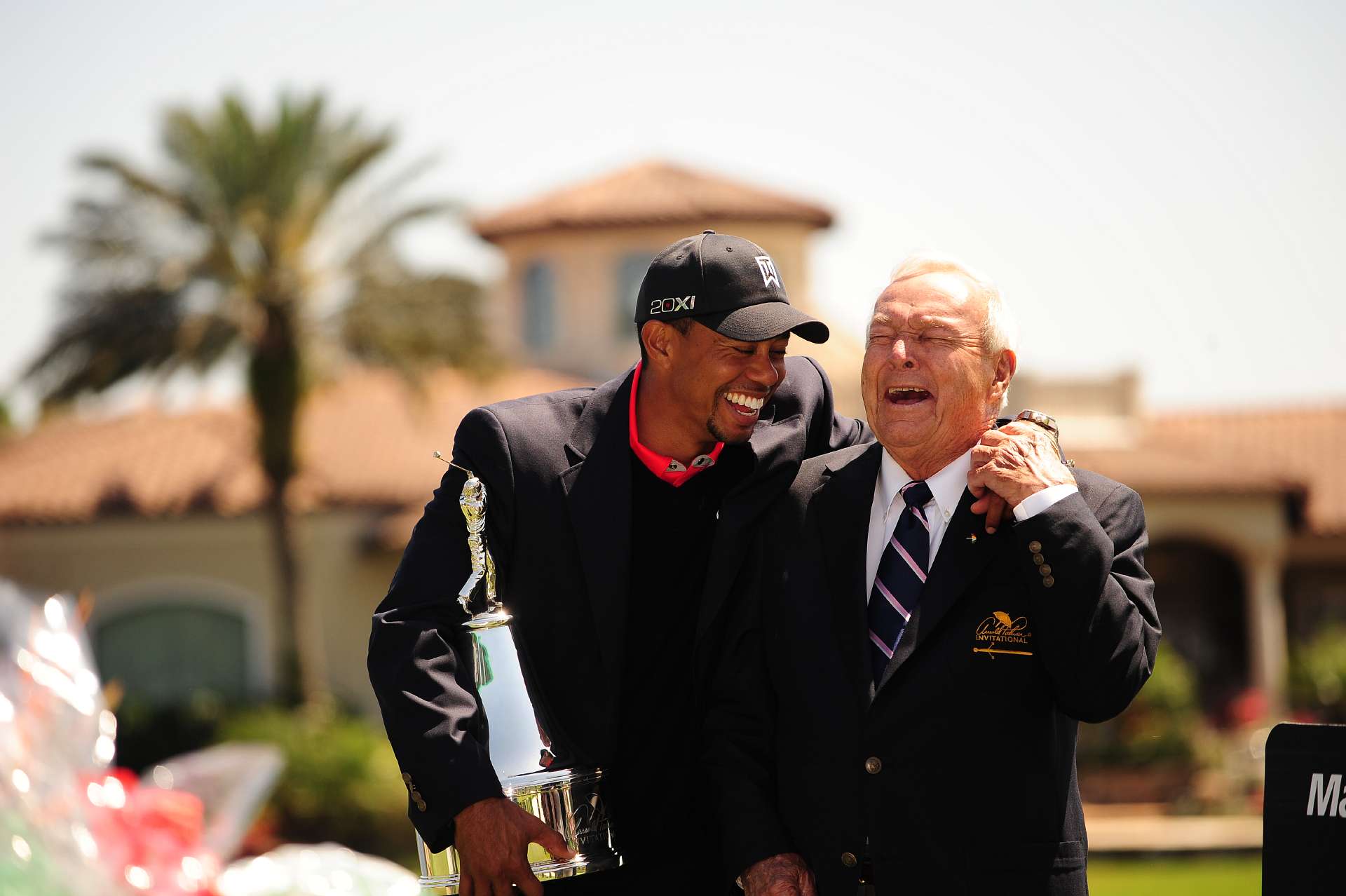
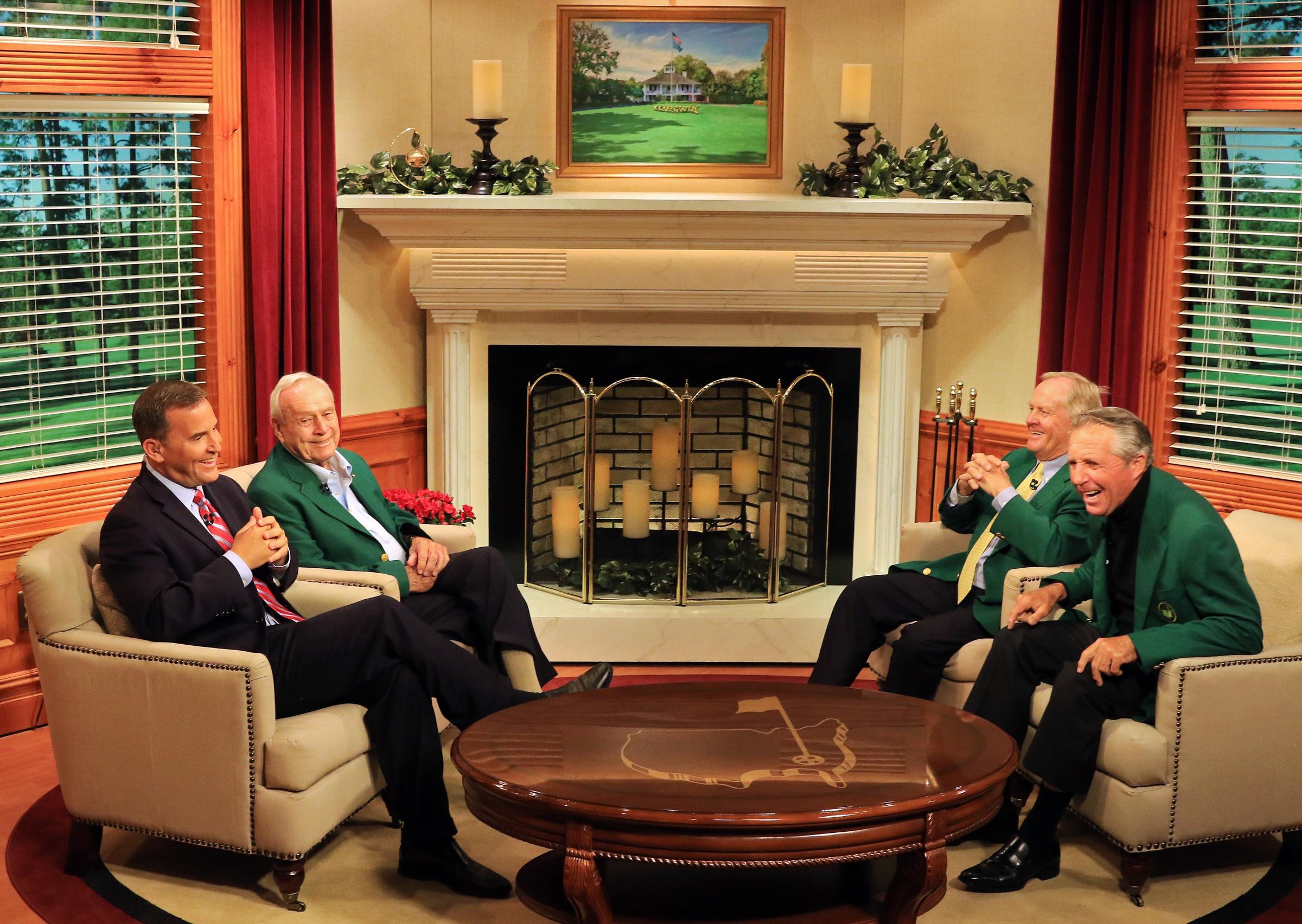

I said there were two things. Here is the second, and it is the reason that people loved Palmer. They didn’t just appreciate him or remember him. They loved him.
Arnie knew what he was—and he enjoyed it.
Think about that for a minute. Few humans can say they have it all. Much of our enjoyment in celebrities comes from the glimpse they provide into another life—the life of vast wealth, endless entertainment, famous friends, sex on cue. When these fortune-kissed individuals sink into sorrow or destroy themselves, undoubtedly there are important morals to be learned. Money doesn’t buy happiness. One true friend is worth more than a thousand fakes. Under the skin we’re all the same. And so on.
But what a joy it was to see Arnold Palmer hold the world in his hand—and simply treasure it. He was, to borrow from the poet E.A. Robinson, “rich – yes, richer than a king — / And admirably schooled in every grace / In fine, we thought he was everything / To make us wish that we were in his place.” But unlike Robinson’s Richard Cory, Palmer embraced his gifts and squeezed all the juice from them.
And by embracing them, enjoying them, he shared them with the rest of us. In a world of sullen athletes and morose millionaires, Arnold Palmer gave his fans a little taste of what it would be like to drive the green on a 346-yard hole en route to one of the greatest come-from-behind victories in sports history. He shared the feeling of being beautiful and blessed. He let you tingle a little with the electricity that passes between a demigod and admiring mortals.
Arnie appreciated the grace so lavishly poured out on him—and by doing so, he taught the rest of us to cherish joy as well. He was the picture of America, and his whole face beamed whenever he thought just how lucky that made him.
More Must-Reads from TIME
- Donald Trump Is TIME's 2024 Person of the Year
- Why We Chose Trump as Person of the Year
- Is Intermittent Fasting Good or Bad for You?
- The 100 Must-Read Books of 2024
- The 20 Best Christmas TV Episodes
- Column: If Optimism Feels Ridiculous Now, Try Hope
- The Future of Climate Action Is Trade Policy
- Merle Bombardieri Is Helping People Make the Baby Decision
Contact us at letters@time.com